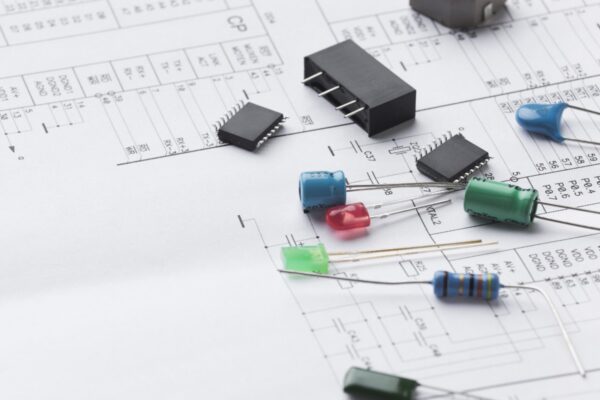What is Connector
A connector establishes electrical connections between different devices or components on a printed circuit board. It facilitates the transmission of power, signals, or data within an electronic system.
Connectors can be categorized into three main types based on their connection method: wire-to-wire (WTW) connectors, wire-to-board (WTB) connectors, and board-to-board (BTB) connectors. WTW connectors are utilized to connect wires to each other, enabling the seamless transmission of information. Examples of WTW connectors include S-ATA data cables, flat cables, FDD/HDD/Ultra ATA 66/100 power cables, USB cables, and 1394 data cables.
WTB connectors, on the other hand, are designed to connect wires to a PCB. They ensure a secure and reliable connection between the PCB and various components. Common examples of WTB connectors include I/O D Sub/USB/Mini Din/Mod.Jace/Audio jack/1394/P2*2 connectors, as well as data and power connectors like ATX/BTX/POWER.
Lastly, BTB connectors are employed to establish connections between different PCBs. They enable the seamless integration of memory modules (e.g., DDR) and expansion slots (e.g., PCB/PCI Exp) into the overall electronic system.
Connectors ensure the proper functioning of electronic equipment. They are available in various configurations and orientations, such as right angle connectors and 180-degree connectors, which determine their positioning on the PCB. Regular maintenance and cleaning of connectors are essential to prevent power loss and maintain optimal electrical contacts. Isopropyl Alcohol is a commonly used cleaning agent for removing corrosion from connectors, but caution must be exercised due to its flammability.





